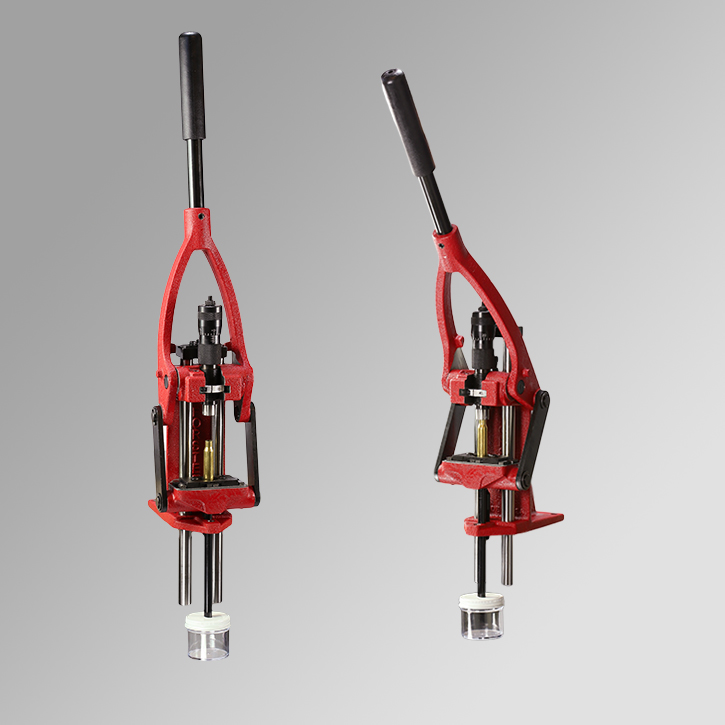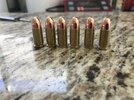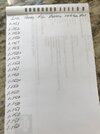JEBruns
Member
After reading the thread in here about the Dillon 550 vs 650, I started thinking about the 550's advantage for consistent OAL since it does not use shell plates like the 650 and bigger Dillon machines. Making me think I need to look at getting a 550 for my long range reloading. But what other loaders would give the same results? I'm not the least bit interested in a single stage or turret, so I'm really asking more about progressive or semi-progressive like the 550. I'm currently using an older RCBS Ammo Master progressive for that work, hand dropping the powder. But it uses shell plates also, so is not super consistent with OAL.
And on the 550, does it seat the large primers in rifle shells like the 6.5CM well? The RCBS, I have to put a lot of force into seating them. Getting a little tired of that too.
And on the 550, does it seat the large primers in rifle shells like the 6.5CM well? The RCBS, I have to put a lot of force into seating them. Getting a little tired of that too.




